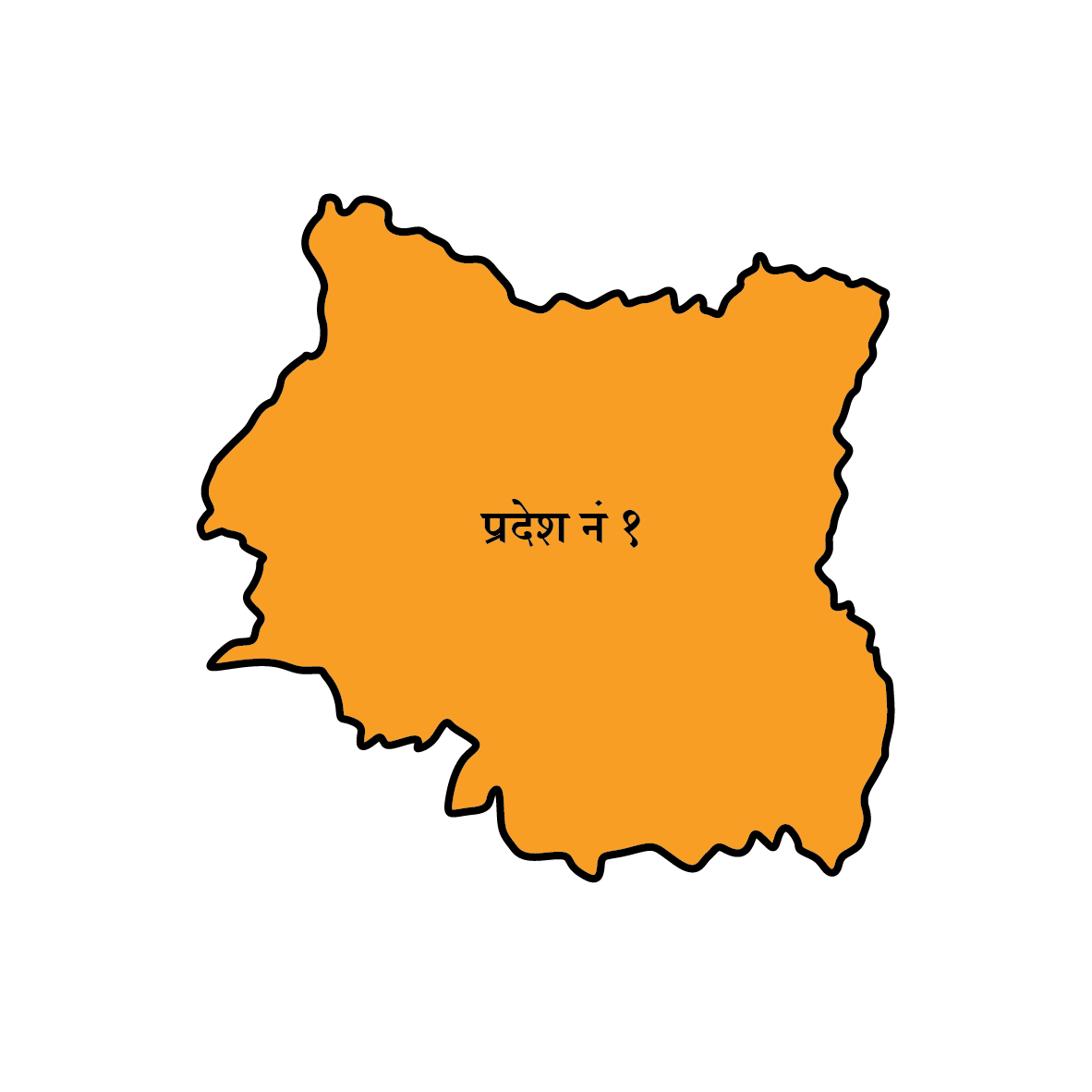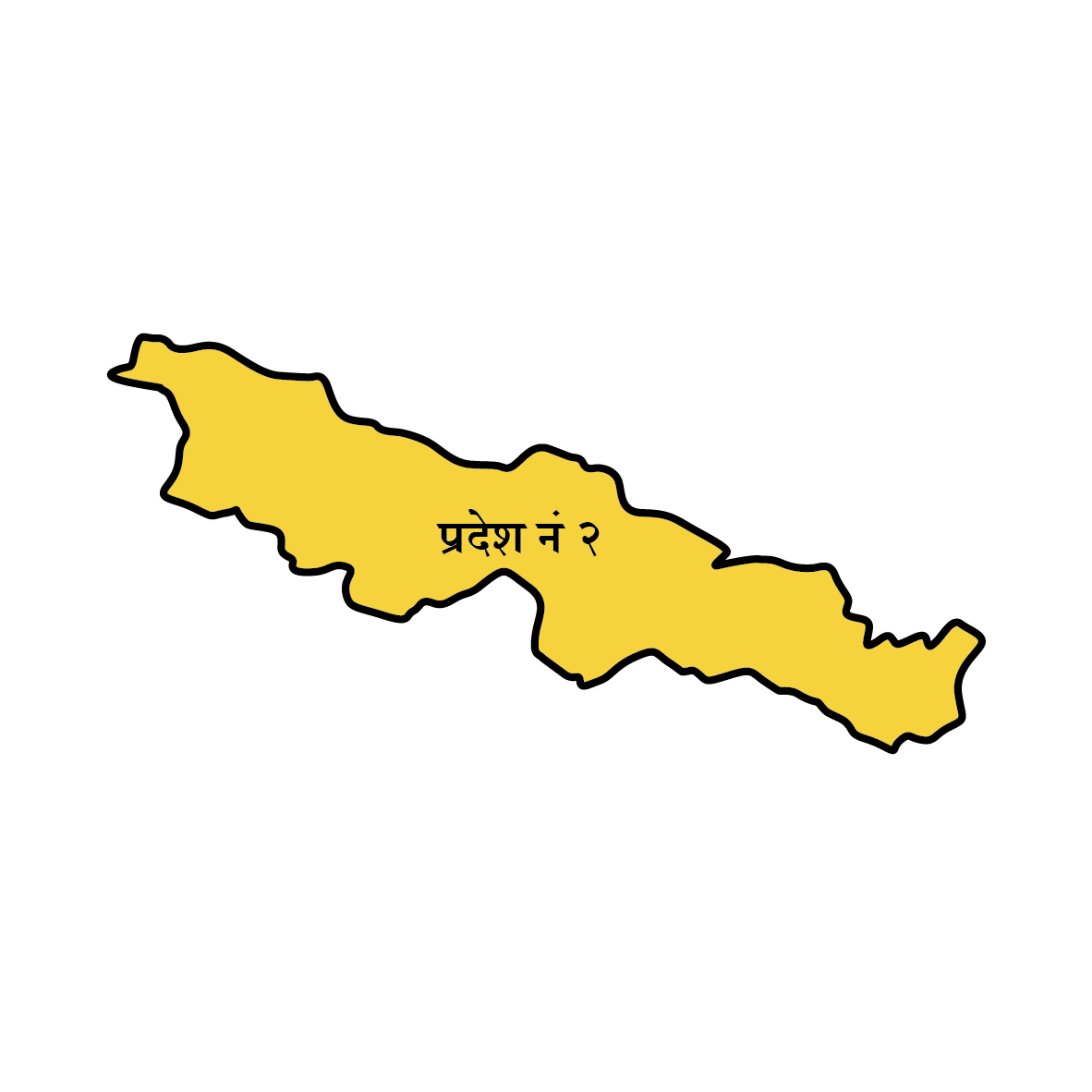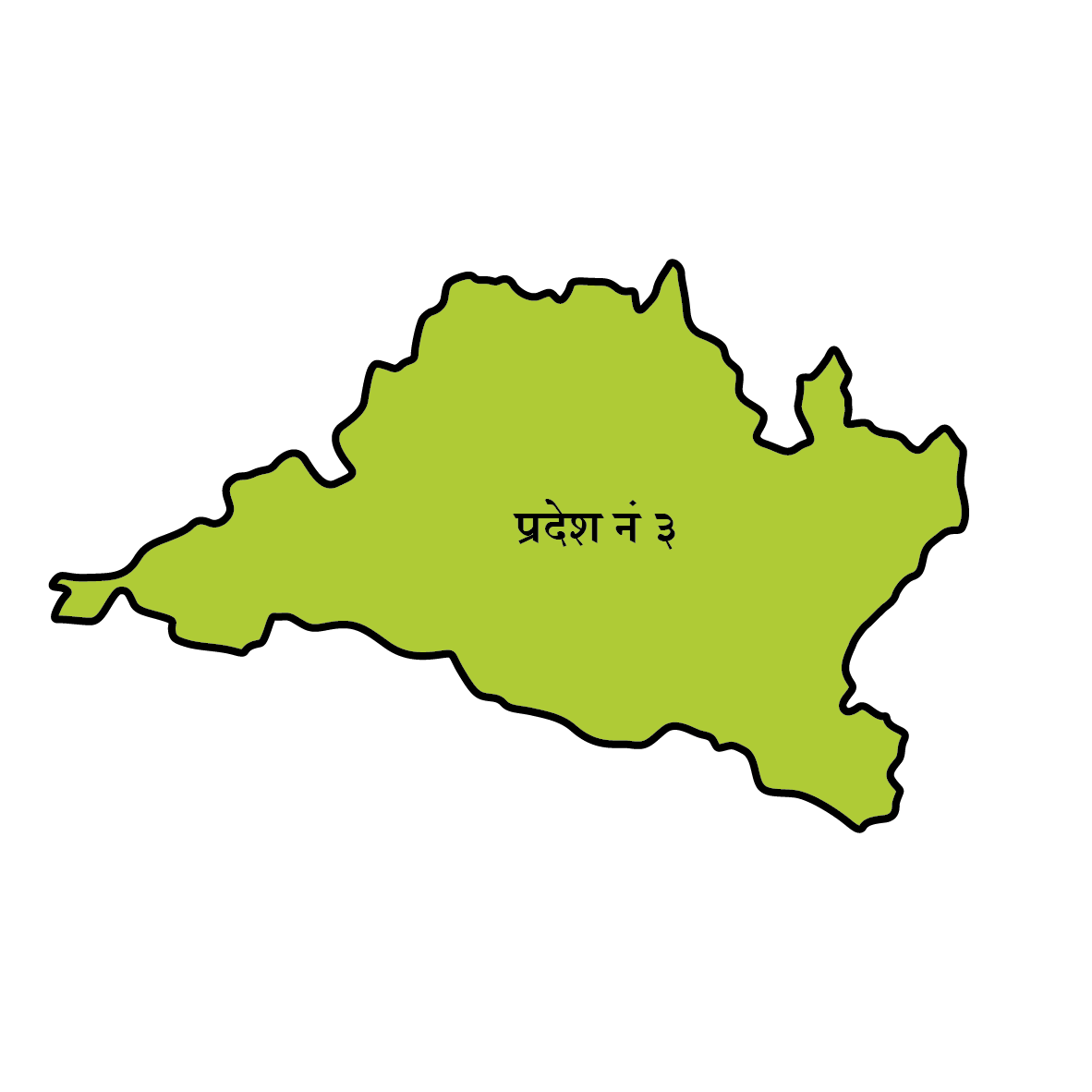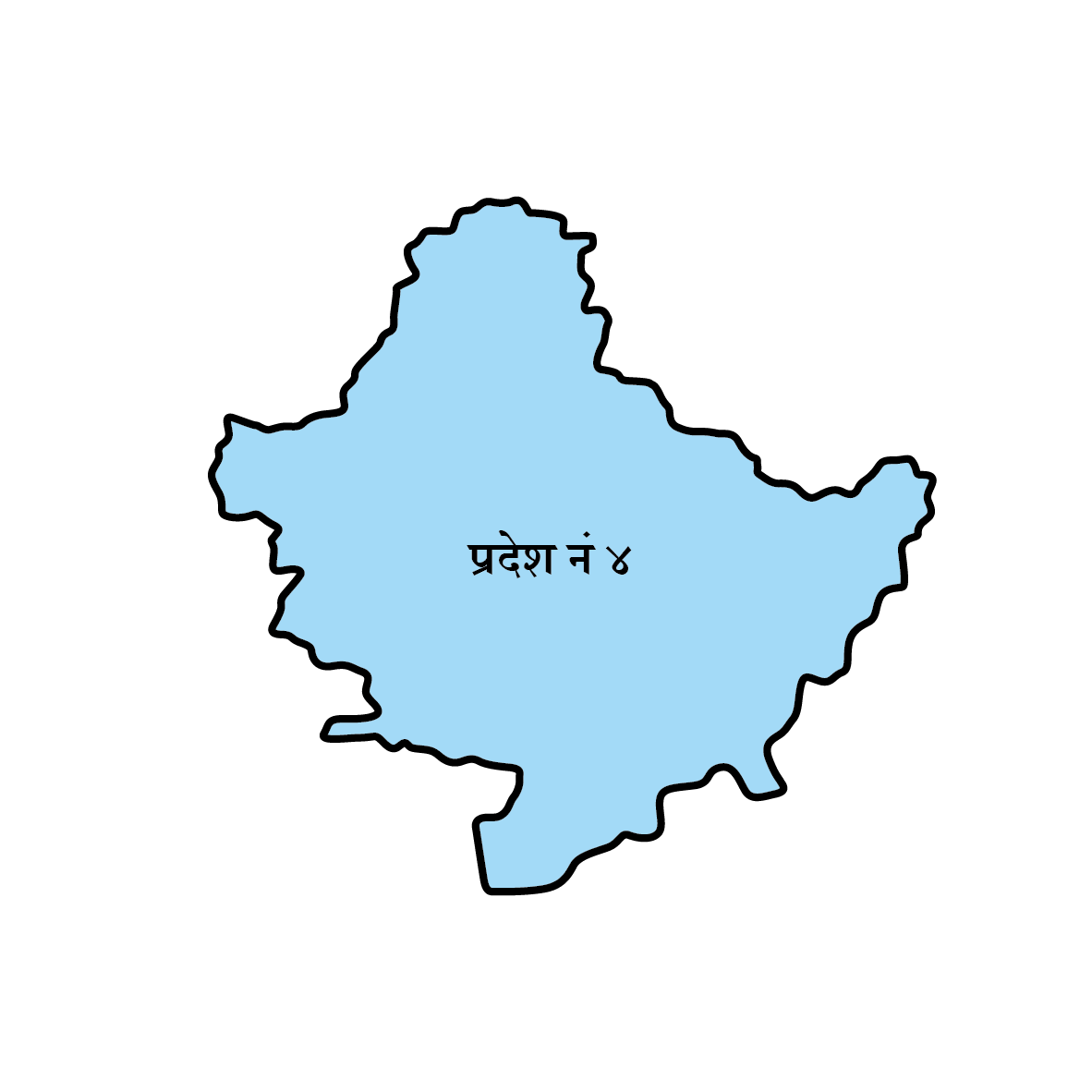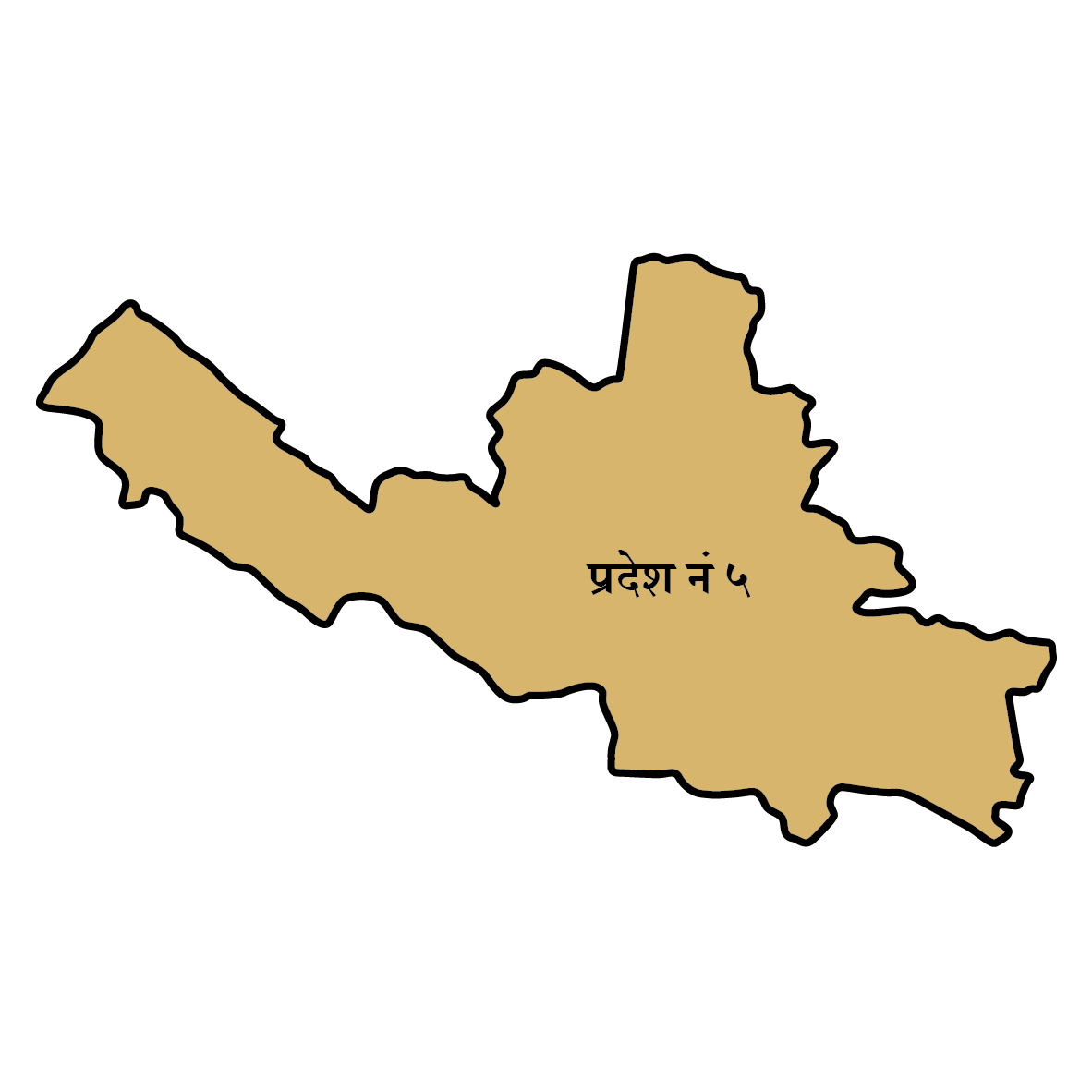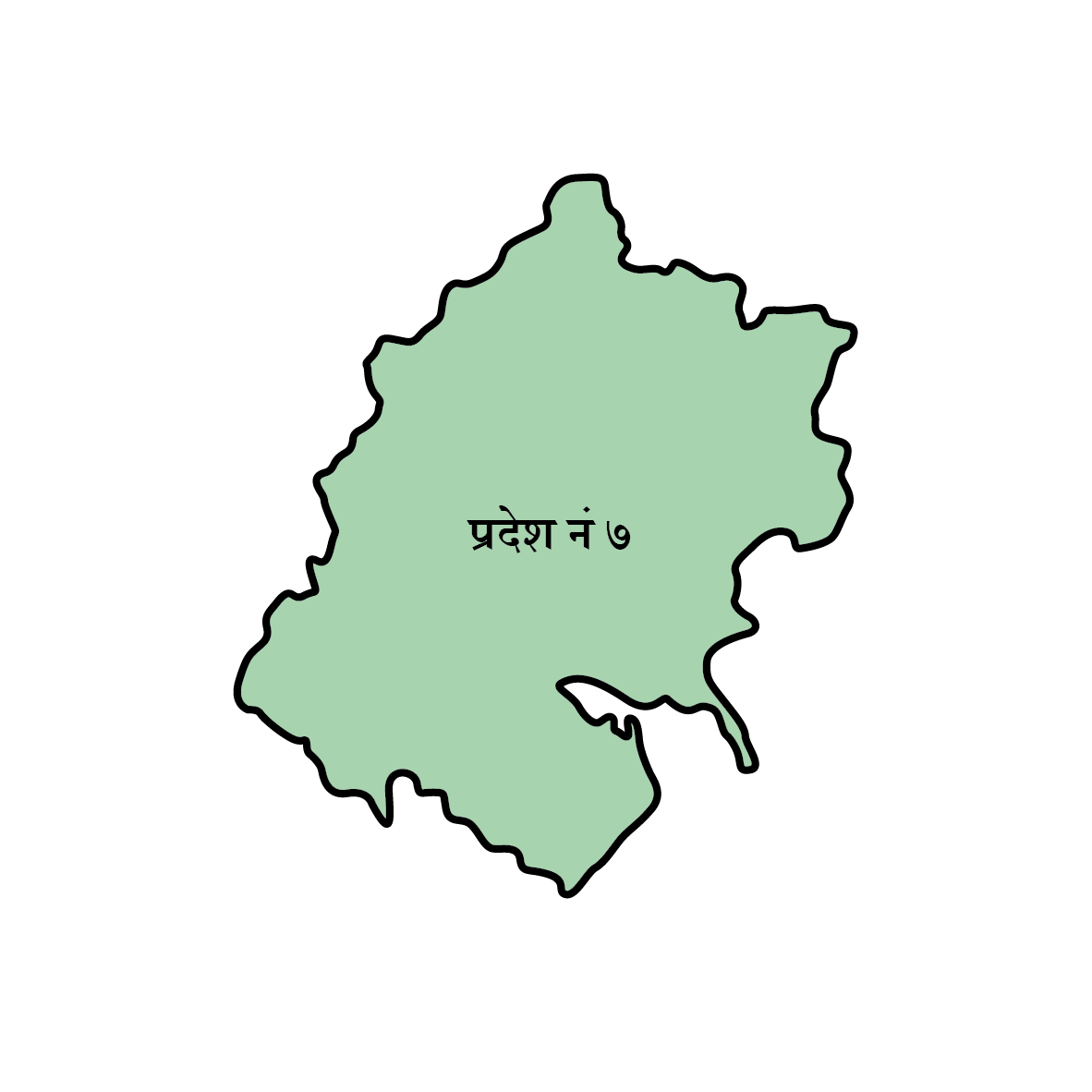All beings by their nature always wish to have better conditions to live in, grow and be happy. As an effort to achieve that they devise and dispense a variety of ways and means – simple survival strategies to complex and comprehensive development plans and projects and discover and invent numerous kinds of ways and means, machines and mechanisms. In essence, they all inherently want to experience development of some type or the other.
Although the meaning of the word ‘development’ can vary widely among people, most commonly it is the process and condition of improving the quality of people’s lives and expanding their ability to shape their own future for the better. This generally requires higher per capita income, but entails much more – more equitable education and employment opportunities, greater gender equality, better health and nutrition, a cleaner and more sustainable natural environment, an impartial judicial and legal system, broader civil and political freedoms, and a richer cultural life. When per capita incomes rise, several of these aspects improve in varying degrees while others do not. That is where a faster and better-quality growth becomes essential (Thomas et al. 2000, Todaro & Smith 2004). Similarly, a robust economic growth is accompanied by such human development measures as literacy and life expectancy (Thomas et al. 2000).
In brief, development comprises three equally essential aspects: (i) raising people’s living standards – incomes, consumption levels of food, medical services, education and so on, through suitable growth processes; (ii) creating conducive conditions for the growth of people’s self-esteem, through establishment of social, political, and economic systems and institutions; (iii) increasing people’s freedom by enlarging the range of their choice variables, e.g., consumer goods and services (Todaro 2004). Overall, therefore, development is now being understood increasingly as an advancing human wellbeing rather than a mere growth in national income (Ojha 2013) and a multidimensional process (Todaro 2004).
‘Sustainable’ and ‘sustainability’ have become buzz and catch words today in all discussions virtually everywhere. Similarly, sustainable development has been considered of late by all conscious and concerned individuals and communities as the foremost and ideal mission objective in the development arena at all levels – international, national, local, institutional, and even individual. The concept of sustainable development in modern times had emerged first in the 1970s after the Club of Rome published in 1972 a book entitled The Limits of Growth. The book warned that if the world population continued to grow and resources continued to be consumed with rising pollution, there would be a severe impact on world development (Seya 2010). Acknowledgment of that genuine warning gave an impetus in 1980s to the widespread acceptance of sustainable development. In 1987, the World Commission on Environment and Development (WCED) published the Our Common Future (Brundtland Report) in which it defined sustainable development as ‘development that meets the needs of the present without compromising the ability of future generations to meet their own needs.’ At the United Nations Conference on Environment and Development held in Rio de Janeiro in 1992 the international community agreed and signed an action plan called Agenda 21 that marked the beginning of human efforts to mitigate environmental problems in modern times (Ojha 2012, Seya 2010).
Sustainable development has three fundamental dimensions that are also called as its pillars or spheres (Figure 1) – economy (e.g., production, consumption, incomes, investments); society (e.g., education, health, culture, attitudes, behaviour, conflict vs collaboration, addictions vs austerities/simplicities, corruption vs charity, crimes vs cohesion; and the environment (e.g., biodiversity vs deforestation vs desertification, soil conservation vs erosion, pollution vs cleanness/serenity). In a wider sense, however, even such elements in the society as language, literature, indigenous knowledge system, and engineering are also taken as important constituents of an environment, that shapes the nature and destiny of individuals in the society and success or failure of the economy. Among the three major pillars of sustainable development, the most distinct basis is ‘the environment’ on which the other two heavily rely for their existence, growth and enrichment (Figure 2).

There is a natural trilateral relationship among these three aspects. A change in one affects the other in several ways – some of which of a very complex nature and long-term impacts. Clearly, the greater the healthy interaction among the three, the better and higher would be the prospects and position of sustainable development process and pattern (Ojha 2012). Although each of the three pillars of sustainable development bear equal importance in general, the environment aspect appears to be the prime one as the other two heavily depend on it for their growth and development. Imbalances, inefficiencies, inconsistencies, anomalies and feebleness in them would however cause a devastating damage, often of even irreversible and irreparable nature, to the environment in multifarious ways and manifestations – e.g., pollution, droughts, floods, landslides, production depletion, endemics and epidemics, ill health, poverty and deprivation, excessive migration, conflict and chaos.

Source: Google, December 2023
Despite commitments world leaders made to execute Agenda 21 fully and effectively, the twenty-first century arrived without any significant actions taken to mitigate global environmental problems. The global environment continued facing a variety of anomalies such as global warming, climate change, rapid population growth, food and water shortages, biodiversity depletion and loss, regional and other conflicts, and persisting poverty (Seya 2010). With a view to expedite and intensify actions, the United Nations launched in 2015 a specific strategy called Sustainable Development Goals (SDGs) to be met by the year 2030 in all countries of the world (Figure 3 – Source: Google, December 2023): Goal 1 (No poverty), goal 2 (zero hunger), goal 3 (good health and wellbeing), goal 4 (quality education), goal 5 (gender equality), goal 6 (clean water and sanitation), goal 7 (affordable and clean energy), goal 8 (decent work and economic growth), goal 9 (industry, innovation and infrastructure), goal 10 (reduced inequalities), goal 11 (sustainable cities and communities).
After eight years since the SDGs were set and agreed upon for meeting them by 2030 in the world as a whole, the UN now finds the promises in peril – the goals in deep trouble. Reportedly, there is universal lack of progress towards the SDGs. Developing countries and the world’s poorest and most vulnerable people in particular are seen bearing the brunt of the collective failure. About half of the assessed 140 targets are moderately or severely out of track, and over 30 per cent have either been stagnant or regressed below the 2015 baseline (UN 2023).
The UN fears that under current trends, 575 million people will still be living in extreme poverty in 2030, and only about one-third of countries will meet the target to halve national poverty levels. Shocking similarly is the fact that the world is back at hunger levels not seen since 2005, and food prices have escalated in more countries than during the period 2015–2019. Due to impacts of years of underinvestment and learning losses, by 2030 about 84 million children will be out of school and 300 million children or young people attending school will leave unable to read and write. In the pollution and climate change context, for instance, the CO2 levels continue to rise – to a level never seen in past two million years.
United Nations calls all that and more a cause to sound the alarm. It feels the SDGs disappearing in the rear-view mirror and so does it sense about the hope and rights of current and future generations. It experiences an imminent need for a drastic shift– in commitment, solidarity, financing and action – to put the world on a better path to sustainability. The ‘five key areas for urgent action’ UN (2023) asserts in that context are:
(i) Heads of State and Government should recommit to seven years of accelerated, sustained and transformative action, both nationally and internationally, to deliver on the promise of the SDGs;
(ii) Governments should advance concrete, integrated and targeted policies and actions to eradicate poverty, reduce inequality and end the war on nature, with a focus on advancing the rights of women and girls and empowering the most vulnerable;
(iii) Governments should strengthen national and subnational capacity, accountability and public institutions to deliver accelerated progress towards achieving the SDGs;
(iv) To ensure that developing countries can deliver in these areas, the international community should recommit at the SDG Summit to deliver on the Addis Ababa Action Agenda and to mobilize the resources and investment needed for developing countries to achieve the Sustainable Development Goals, particularly those in special situations and experiencing acute vulnerability; and
(v) Member States should facilitate the continued strengthening of the United Nations development system and boost the capacity of the multilateral system to tackle emerging challenges and address Sustainable Development Goals-related gaps and weaknesses in the international architecture that have emerged since 2015.
Meanwhile, António Guterres, the Secretary-General, is quoted to have remarked thus: ‘Unless we act now, the 2030 Agenda will become an epitaph for a world that might have been.’
In efforts to avert the overall usual trends of development failure in the past, moving more towards practicing the precepts of ancient wisdom appear to be fruitful as they would greatly reinforce and invigorate the modern advancement in science and technology and the immense economic opulence the world community as a whole has already attained so far. Harnessing ancient roots could help flourish contemporary shoots for better fruition. That could facilitate alleviation of disparities, greed, undue self-regard that have been identified by many scholars as main causes of human adversity such as conflict, stagnation and downward spiral of growth and development.
Also possible through that approach would be to ensure prevalence of a sound governance system imperative for overall sustainable human development. It could thus pave way for establishment and functioning of a legitimate, accountable, honest, people-centered, truly democratic and meritocratic, capable and committed, stable, effective and efficient governing mechanism that has become the most essential challenge and need for each country for that matter. Drastic changes gained for the better would lead to immensely positive impacts in aggregate (Ojha 2013, 2018).
Determination of all societies to combine one another’s ideas and ideals, views and visions, means and methods, and hearts and hands in a universally truthful way has become most indispensable today than ever before. Thanks to the marvelous advancement in communication and transportation systems, that now bears tremendous potential (Ojha 2006). Afterall, for the world communities that are increasingly becoming closer to one another, one another’s troubles are deeply contagious as are the prospects for progress, prosperity, peace, and overall well-being. The ancient view of Vashudhaiva kutumbakam (Skt., The world is a family.) and Ekavarnamidam vishwam (Skt., The world is one class.) must receive renewed impetus henceforth (Ojha 2019, 1996).
Similarly, directing our actions based on many such precious precepts as Paropakaar punyaaya, paapaaya parapeedanam (Charity is virtue, hurting is vice.), Ahimsaa paramo dharma (Non-violence is the supreme righteousness.), and Na santoshaat param sukham (There is no greater happiness than content) (Ojha 2019). Plato also acknowledged: The greatest wealth is to live content with little. Also reflecting his great vision is the statement ‘No state can be happy which is not designed by artists who imitate the heavenly pattern.
The view is concluded with the following impressive and inspiring ancient vision/verse:
O Earth, my mother, Air (wind), my father,
O Fire (light), my friend; Water, my kinsman, Space, my brother,
Here do I bow before you with folded hands.
– Vairagyashataka of Bhartrahari, 7th century AD.
References
AF, 2010, Conditions for Survival: Towards a “Solar Energy-based Society” Full of Vibrant Life, The Asahi Glass Foundation (AF), Tokyo.
Ojha, E.R., 2012, जनपर्यावरण र दिगो विकासबारे एक पेशागत सन्देश (Janaparyaawaran Ra Digo Vikaasbaare Ek Peshaagat Sandesh), in Nepali, (A Professional Message on Human Environment and Sustainable Development), जनपर्यावरण सन्देश (Janaparyavarana Sandesh), (= Human Environment Message), Yr. 1, No. 1, Shravan – Bhadra 2069 BS, pp. 11-12.
Ojha, E.R., 2013, About Overall Development, Devatawee, Yr. 23, No. 8, Ashwin 2070BS (October 2013), pp. 25-28.
Ojha, E.R., 2018, वन-जंगल, सुशासन र दिगो विकास (Van-Jangal, Sushasan Ra Digo Vikaas), in Nepali, (= Forests, Good Governance and Sustainable Development), प्रशासन (Prasashan), Saturday, 15 December 2018. [http://www.prasashan.com/2018/10/12/85453/]
Ojha, E.R., 2019, आचरण र दिगो विकास (Aacharan Ra Digo Vikaas), in Nepali (= Ethics and Sustainable Development), बुगायूमी (Bugayoomee), a Nepalese quarterly, Year 2, No. 1, Shravan – Aashwin 2076BS (August – October 2019), pp. 27-30.
Ojha, E.R., 2006, Curbing the Crux of Nepal’s Underdevelopment, Quarterly Development Review, Vol. XIX, No. 23, June – August 2006, pp. 17-21.
Ojha, E.R., 1996, Striving Towards Development Planning for Common Futures, Futures Bulletin, pp. 8-9.
Seya, H., 2010, Introduction, Conditions for Survival: Towards a “Solar Energy-based Society” Full of Vibrant Life, The Asahi Glass Foundation (AF), Tokyo, pp. 1-2.
Thomas, V. et al., 2000, The Quality of Growth, World Bank / Oxford University Press, New York.
Todaro, M.P. and S.C. Smith, 2004, Economic Development, Pearson, Singapore.
UN, 2023, The Sustainable Development Goals Report 2023 (Special Edition): Towards a Rescue Plan for People and Planet, United Nations (UN), New York.























